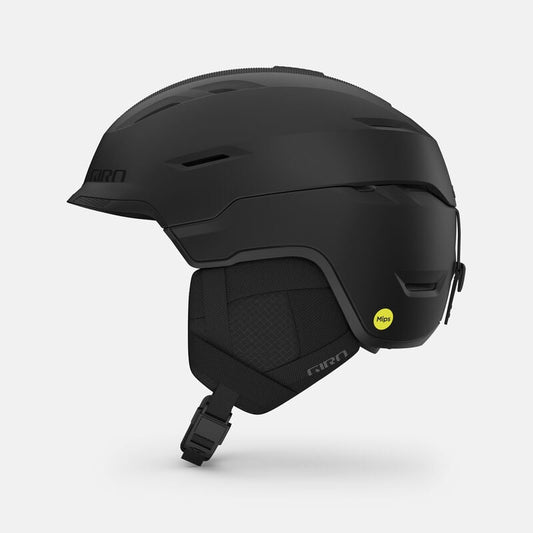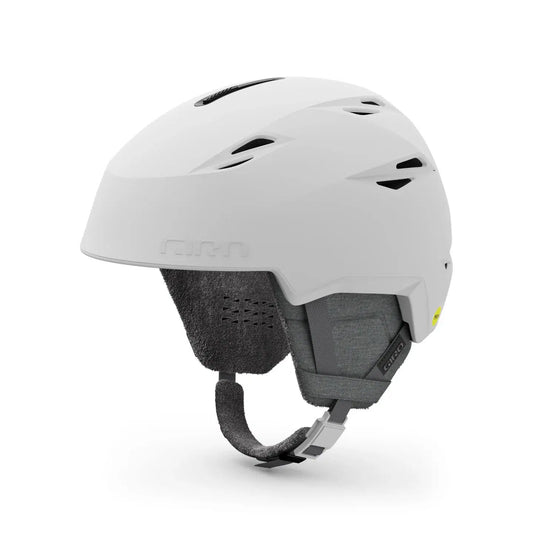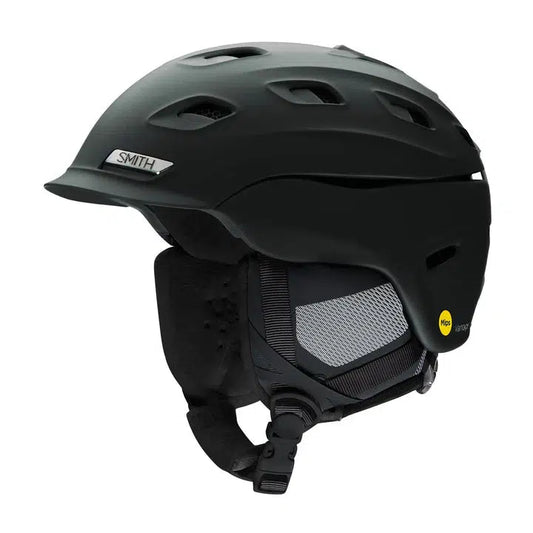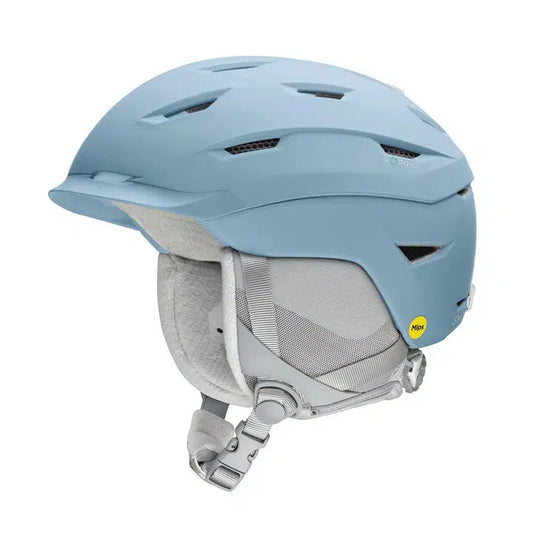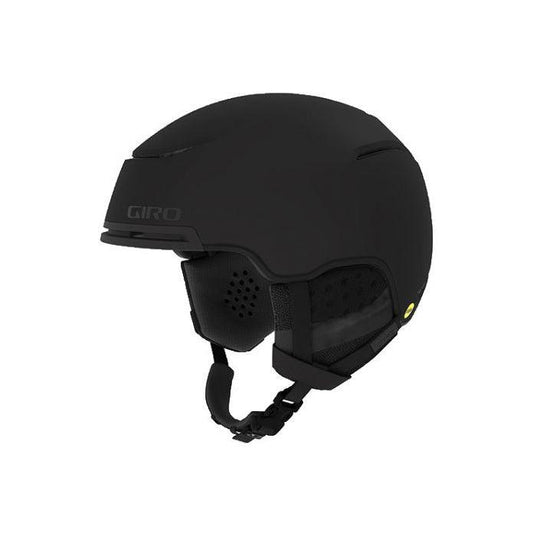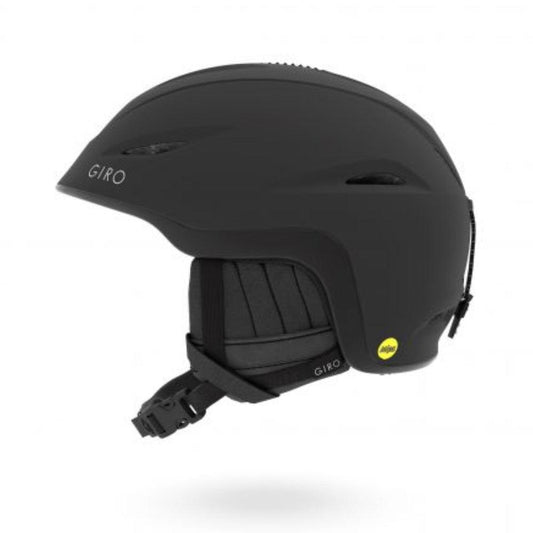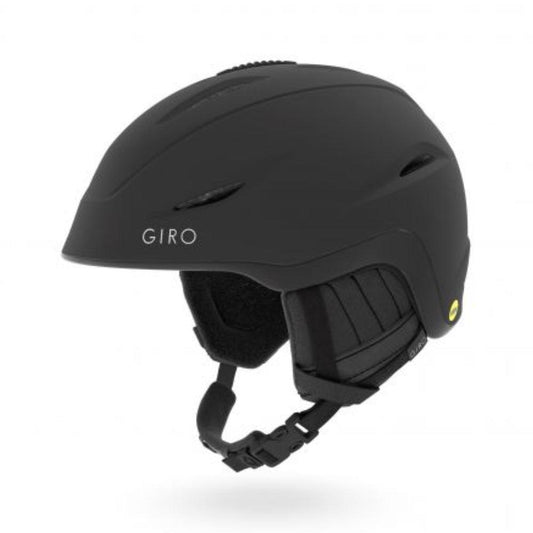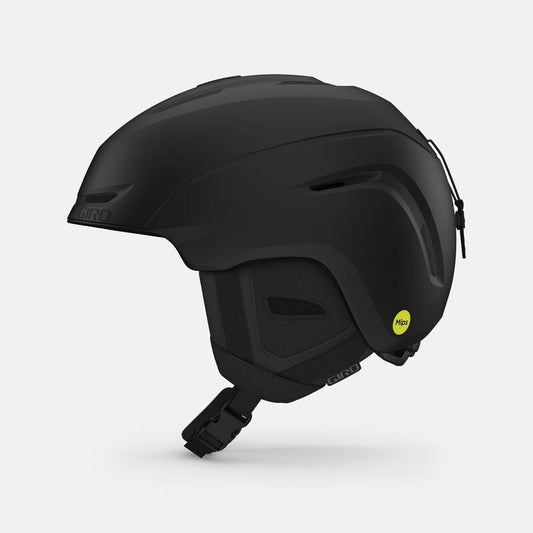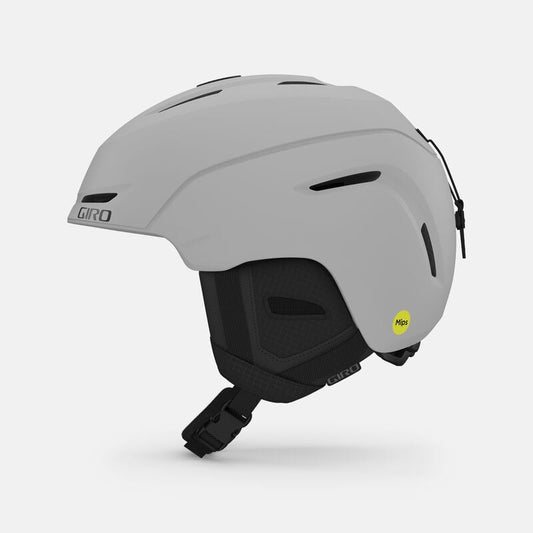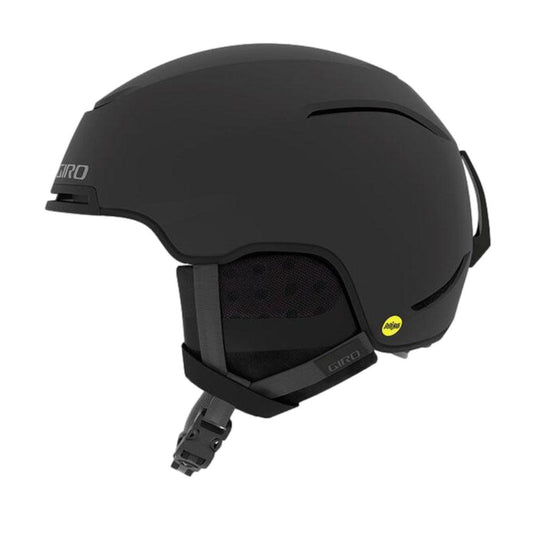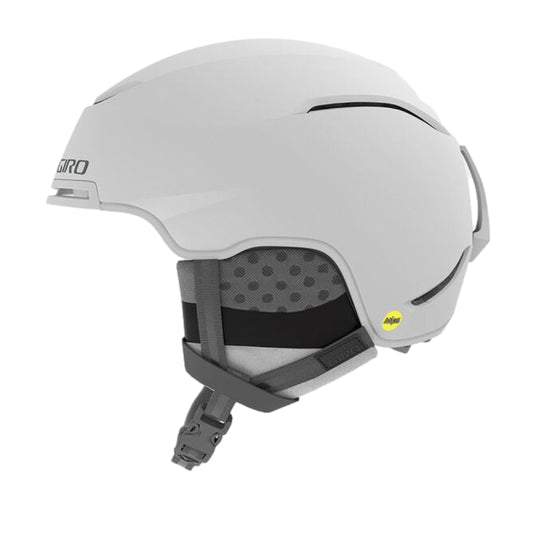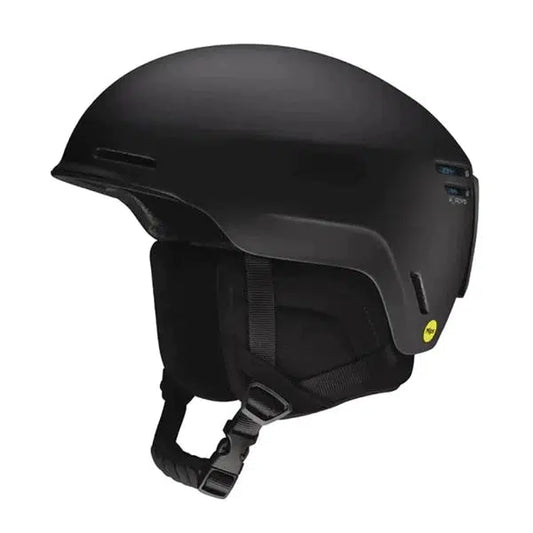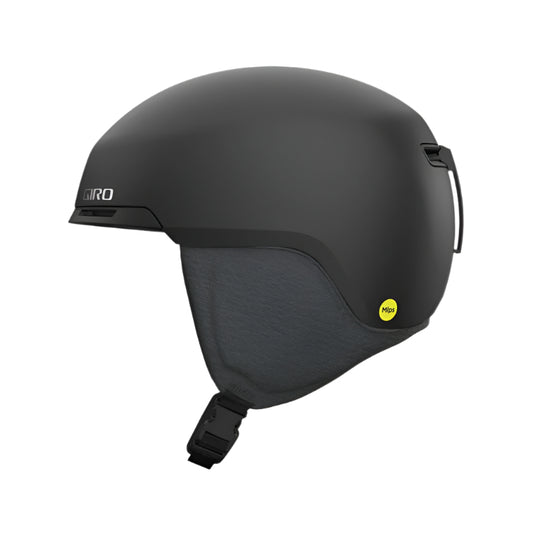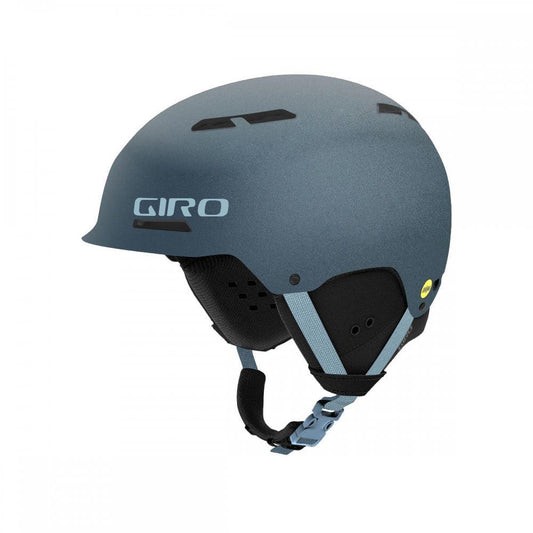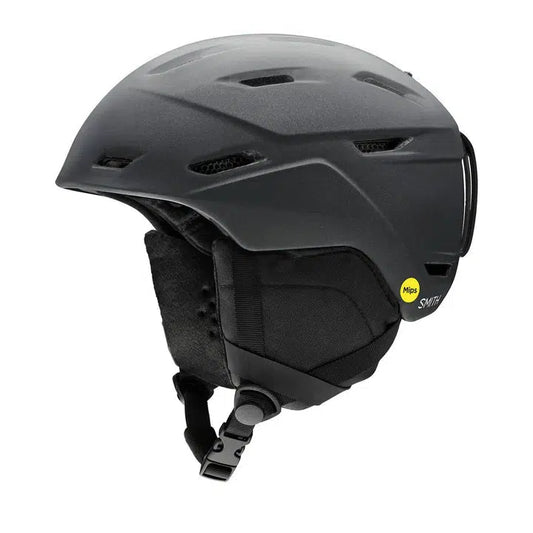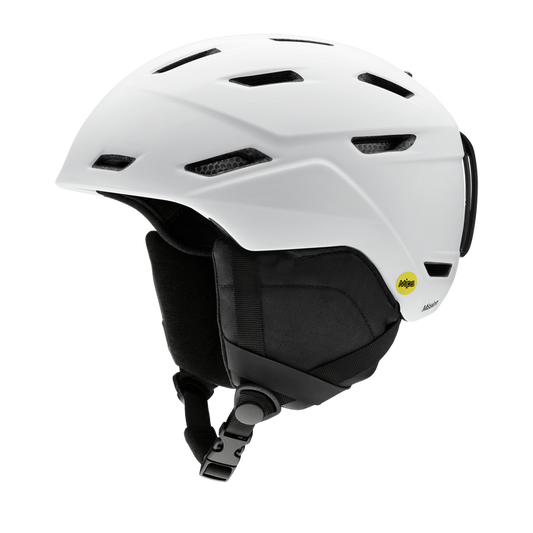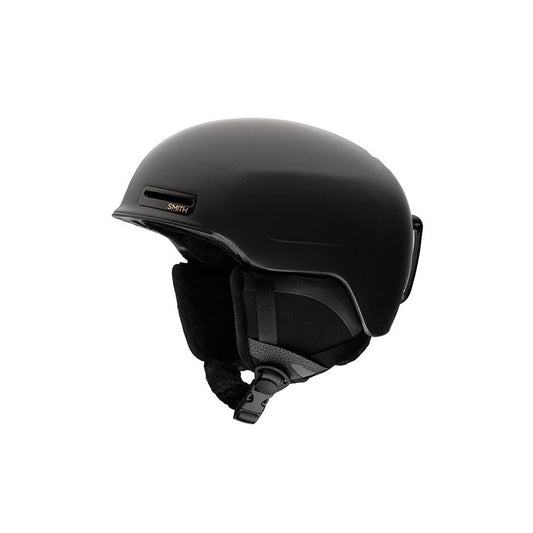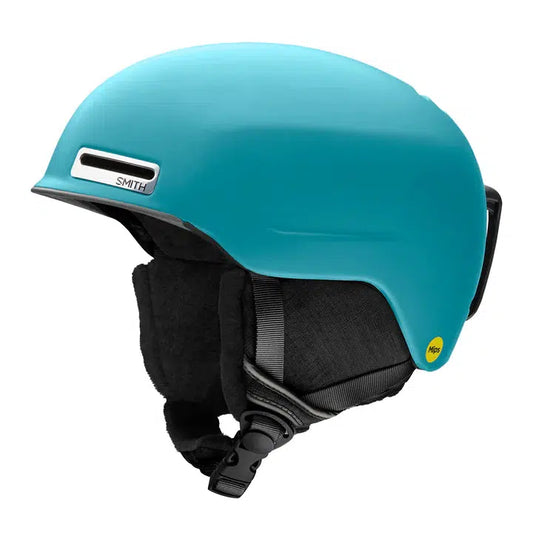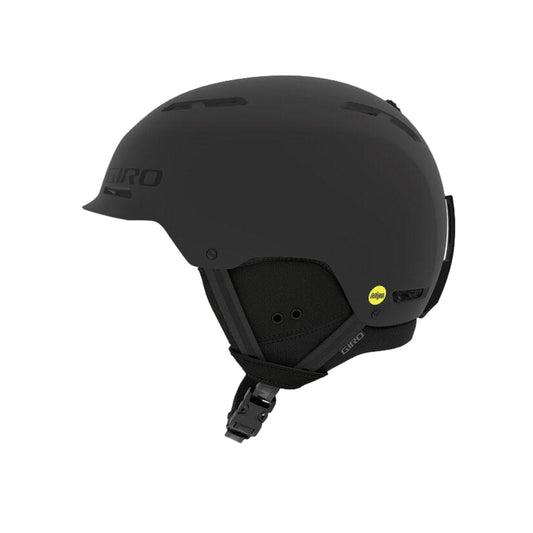Collection: SNOW HELMETS
-
2025 Giro Tor Spherical MIPS Snow Helmet
Regular price $499.99 AUDRegular price -
2024 Giro Envi Spherical MIPS Womens Snow Helmet
Regular price $449.99 AUDRegular price -
2024 Smiths Vantage Women's MIPS Helmet
Regular price $435.00 AUDRegular price -
2024 Smith Vantage Mips Snow Helmet
Regular price $435.00 AUDRegular price -
2024 Smith Liberty MIPS Helmet
Regular price $355.00 AUDRegular price -
2025 Giro Jackson MIPS Snow Helmet
Regular price $319.99 AUDRegular price$0.00 AUDSale price $319.99 AUD -
Giro Fade MIPS Womens Snow Helmet
Regular price $289.95 AUDRegular price -
2024 Giro Neo MIPS Snow Helmet
Regular price $279.99 AUDRegular price -
2025 Giro Terra MIPS Womens Snow Helmet
Regular price From $255.99 AUDRegular price$319.99 AUDSale price From $255.99 AUDSale -
2024 Smith Method MIPS Helmet
Regular price $250.00 AUDRegular price -
2025 Giro Taggert Mips Snow Helmet
Regular price $249.99 AUDRegular price$0.00 AUDSale price $249.99 AUD -
Giro Trig MIPS Women's Helmet
Regular price $229.95 AUDRegular price -
2025 Smith Mirage MIPS Helmet
Regular price $225.00 AUDRegular price -
2024 Smith Mission MIPS Snow Helmet
Regular price $224.95 AUDRegular price -
2024 Smith Allure MIPS Womens Helmet
Regular price From $200.00 AUDRegular price$250.00 AUDSale price From $200.00 AUDSale -
2024 Giro Trig MIPS Snow Helmet
Regular price From $199.99 AUDRegular price$249.99 AUDSale price From $199.99 AUDSale


